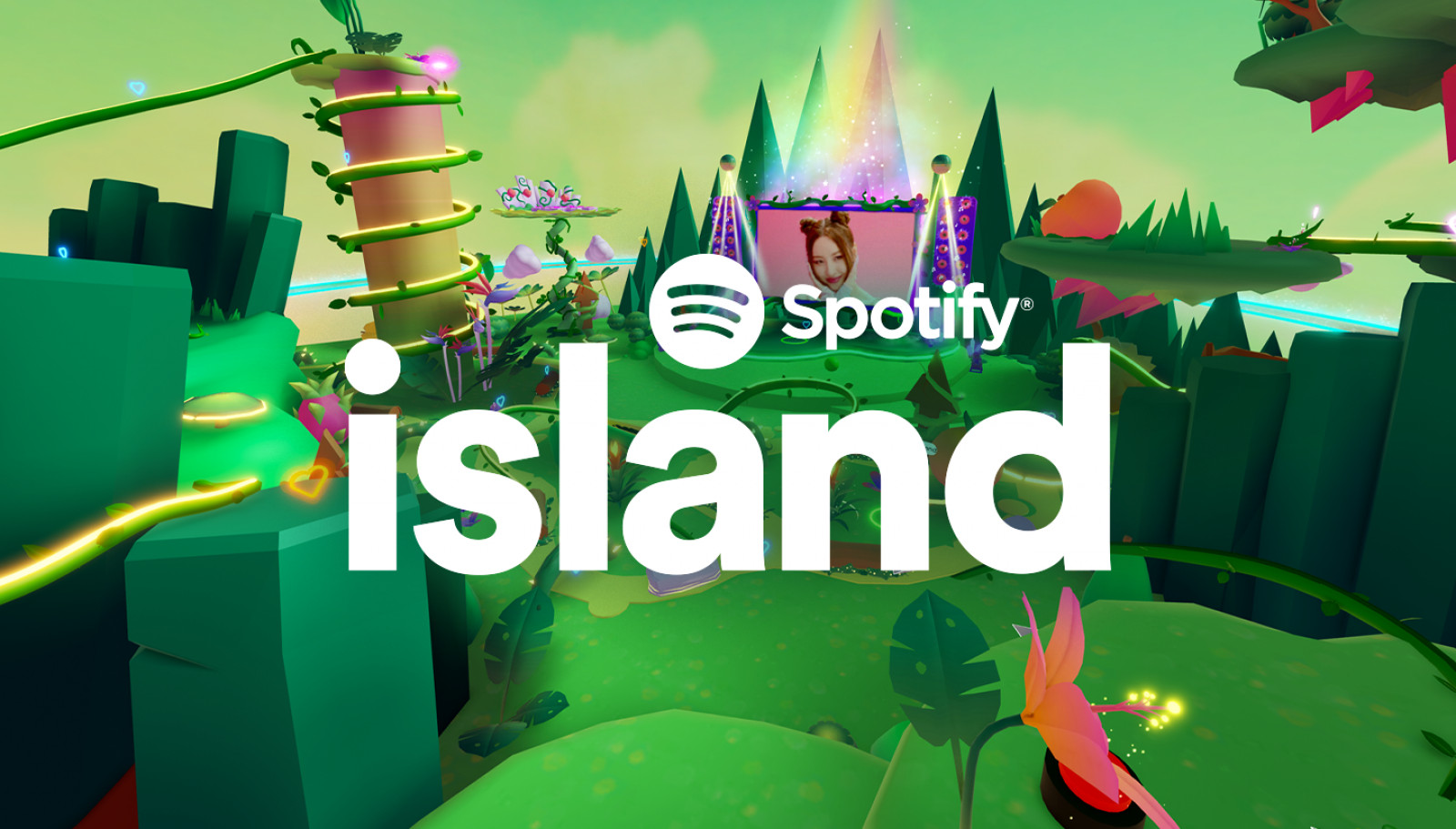Quick take: Spotify to connect artists and fans on a Roblox island

Photo: Spotify newsroom

Spotify launched a digital island in Roblox yesterday. The destination enables players to take part in interactive quests, buy virtual merchandise, mingle with artists, and create their own sounds and music powered by Soundtrap. Spotify plans to expand this island with numerous themed destinations, the first being dedicated to K-pop.
A storefront for fandom and expression
This move makes a lot of sense for Spotify. In times where music access is commodified, streaming services face the risk of becoming a utility, rather than a premium service, which does not bode well for margins and growth prospects in the long term. To minimise this risk, music streaming companies need to push beyond their ‘music-on-tap' roots and strive to become enablers of cultural relevance and fandom between artists and consumers. Spotify says a portion of the proceeds will go to the artists, which essentially provides them with a new digital fandom storefront.
Lots has changed since Spotify’s artist direct effort was announced and wound down, particularly in terms of available options of how music (and fandom) can be viably monetised in the digital environment. Back then, it seemed that Spotify’s only option for higher margins was to start signing artists directly. However, it turns out that Spotify doesn’t necessarily have to ‘sign’ anyone to generate incremental value for artists and fans.
Featured Report
Defining entertainment superfans Characteristics, categories, and commercial impact
Superfans represent a highly valuable yet consistently underleveraged audience segment for the entertainment industry. What drives this disconnect is the fact that – despite frequent anecdotal use of the term – a standardised, empirical definition remains absent, preventing companies from systematically identifying, nurturing, and monetising th...
Find out more…This works great with the strategy of empowering players themselves to become music creators and potentially monetise their work without having to carry too much upfront risk for Spotify (e.g., record deal advances).
Most of the value chain has opportunities in games
If consumer spend on Spotify Island ended up being distributed between artists, Spotify, and Roblox, then (particularly for new, unsigned artists, and creators) labels could end up missing out on a part of this opportunity – which is why we are likely to see in-game music spaces pop up across the music industry’s value chain, including from the labels themselves. Some already have or are working on such virtual properties.
Labels, creator tool companies, talent management, and even booking agencies and live event companies could all have an angle to build a compelling in-game music world. In the mid-long term, the winners of in-game music monetisation may well come down to which part of the value chain can build the most compelling and culturally sticky interactive world.

The discussion around this post has not yet got started, be the first to add an opinion.